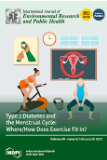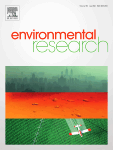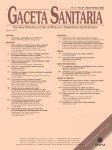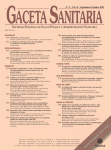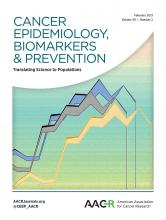Relationship between Sexual Violence and the Health of Spanish Women—A National Population-Based Study
Background: Health consequences are likely to be different when sexual violence is analysed independently from other types of violence. It is also likely that different health consequences will result in the cases of partner or ex-partner sexual violence, non-partner sexual violence and sexual harassment. Methods: This study is based on the 2019 Macro-survey of Violence…



